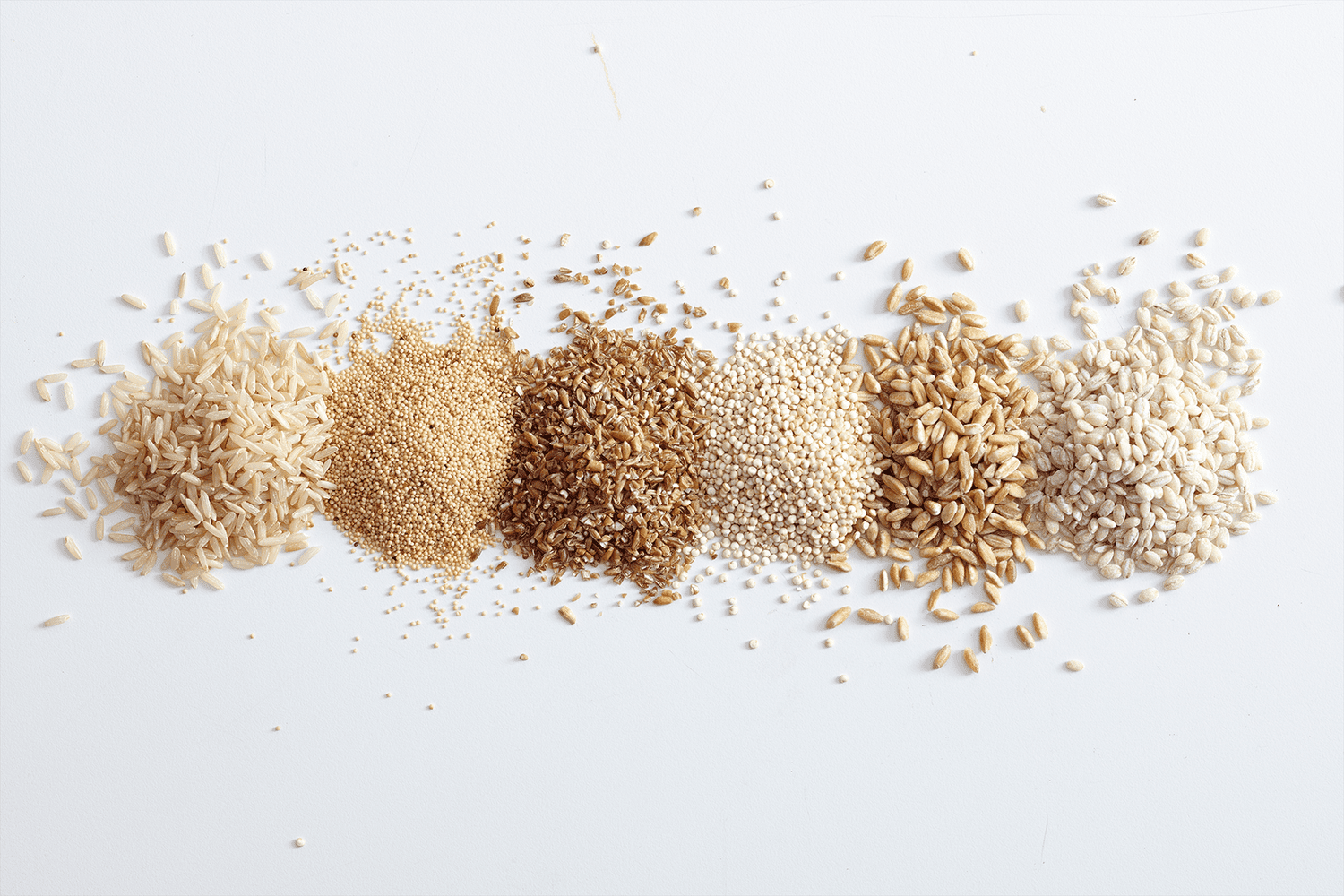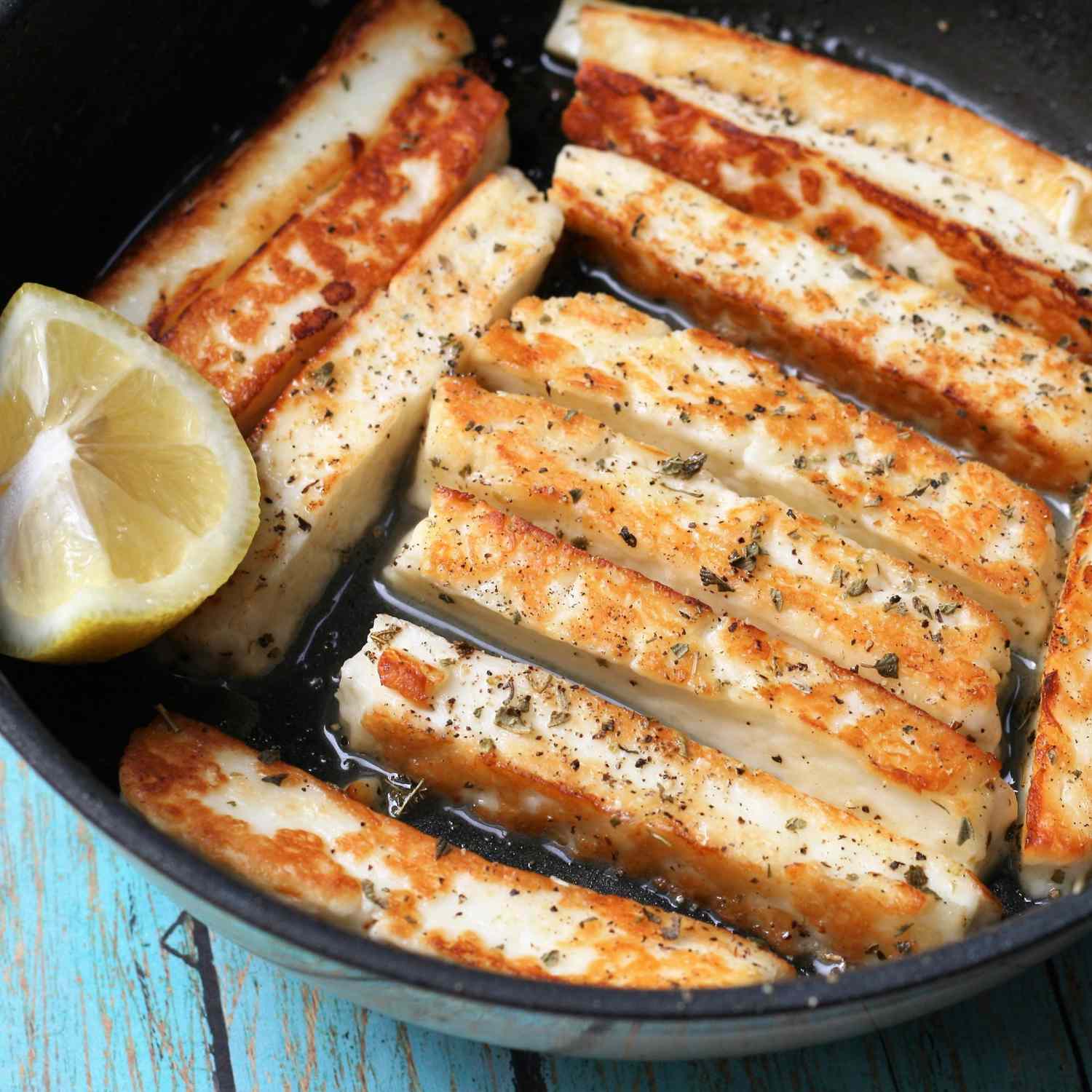Diabetes impairs the pancreas and prevents it from making enough insulin, a hormone that converts sugar (also known as “glucose”) into energy. Individuals with diabetes are frequently encouraged by their doctors to carefully monitor their consumption of carbohydrates to prevent overwhelming the pancreas. But reducing carbs doesn’t mean eliminating them all together. In fact, some grains can be healthy for people with diabetes. You just need to know how to incorporate them in a healthful manner.
To help with that effort, we consulted a group of nutritionists and dietitians and gathered their tips on how best to incorporate grains into a diabetes-friendly diet. We also offer grain substitutes when you need something a little different on the plate.
Is It Safe for People With Diabetes to Eat Grains?
Yes, people with diabetes can eat grains.
“Some people believe that those who have diabetes should avoid grains because grains contain carbohydrates that raise blood sugar levels, [which should] be avoided. This, however, is a misconception,” explains nutritionist Julie Mancuso of JM Nutrition.
Mancuso goes on to say that “grains are an important source of numerous nutrients and minerals that play a major part in a healthy diet and, as such, are instrumental in overall health. The critical component is knowing which grains to select and which to avoid.”
For both people with type 1 diabetes and people with type 2 diabetes, refined grains — which includes white rice and products made with white flour, like white pasta and white bread — can be difficult to regulate once ingested and often result in blood sugar spikes. For that reason, the experts we spoke with recommend more complex carbohydrates. These carbs respond more readily to the synthetic insulin used by many people with diabetes to manage their condition.
The Best Grains for People With Diabetes
“People living with diabetes benefit from making smart, portion-controlled carbohydrate choices that are higher in fiber. Fiber helps to slow the rise of insulin after a meal,” says Dr. Melissa Prest, the foundation dietitian at the National Kidney Foundation of Illinois and national media spokesperson for the Academy of Nutrition and Dietetics. Grains that fall into this category include the following:
1. Whole Grains
You’ve likely seen “whole grain” on any number of food labels over the years. This phrase refers to grains that haven’t been altered or stripped down (which is what happens to refined grains).
“Whole grains are similar in calorie content to their refined counterparts, but are higher in protein, fiber, and essential vitamins and minerals. When a product is considered a ‘whole grain’, they tend to digest more slowly in the body, resulting in fewer blood sugar spikes and more steady energy,” registered dietitian Melissa Metri of Wellness Verge tells us.
Common examples of whole grains (and whole grain products) include:
- oats
- brown rice
- wild rice
- whole-grain flour (and breads made with whole-grain flour)
Try These Recipes:
- Whole Grain Carrot Peach Muffins
- Moroccan Chicken and Whole Grain Couscous
- Mediterranean Barley Salad
- Slow Cooker Oats
2. Ancient Grains
A subcategory of whole grains, “ancient grains” have enjoyed a burst in popularity in recent years as more and more home cooks discover their benefits, from both a flavor perspective and from a health perspective. According to nutritionist Heather Hanks of USA Rx, ancient grains “can be incorporated into your diet if you have diabetes or need to control insulin levels. Ancient grains are high in fiber, which helps slow down the rate at which glucose enters the bloodstream.”
Diabetes-friendly ancient grains include:
- quinoa
- millet
- farro
- spelt
- amaranth
Try These Recipes:
- Pumpkin Spelt Muffins
- Quinoa with Mushrooms
- Farro, Sausage, and Spinach Dinner
- Millet-Stuffed Peppers
The Best Grain Alternatives for People With Diabetes
Whole grains can certainly be a healthy part of any diabetes-friendly diet, but some people may choose to reduce their grain consumption. Luckily, the following alternatives can be easily swapped in for grains in a wide range of recipes:
1. Buckwheat
Buckwheat is commonly mistaken for a whole grain, but it is actually a fruit seed. Registered dietician and author Courtney D’Angelo says that she often recommends buckwheat to clients with diabetes because “it has D-chiro-inositol [DCI]. DCI is a chemical compound that enhances insulin’s sugar-lowering effects.”
2. Sweet Potatoes
“Sweet potatoes are a versatile alternative to grains. Because sweet potatoes have a lower glycemic index than regular, white potatoes, they are a more suitable carb for those who have diabetes,” Mancuso insists.
3. Lentils and Beans
High in protein and appealingly hearty, lentils and beans are a smart choice for a meal that will sate your hunger and keep your blood sugar in check.
“Pulses — the group name for lentils, dry peas, chickpeas, and beans — provide many of the same benefits as whole grains. Lentils and beans can be high in fiber, protein, iron, and B vitamins like folate. They contain slowly-digested carbohydrates that help provide lasting energy and support a healthy weight,” says registered nutritionist Jay Cowin of ASYSTEM.
Try These Recipes:
- Lentil and Buckwheat Soup
- Roasted Sweet Potato Fries
- Bean Salad
Related:
- Is Type 2 Diabetes Reversible? We Asked the Experts
- 10 Easy Changes to Make Your Diet More Diabetes-Friendly, According to Dietitians
- The Best and Worst Vegetables for People With Diabetes




